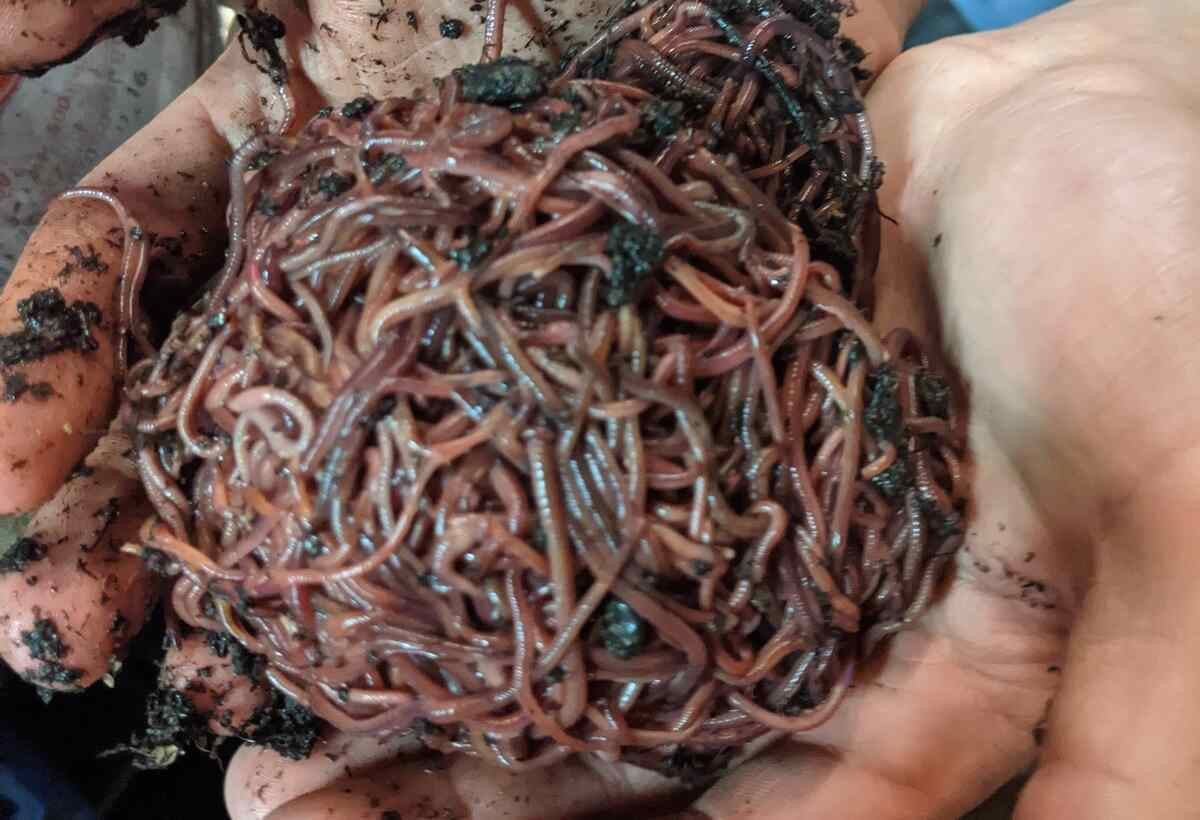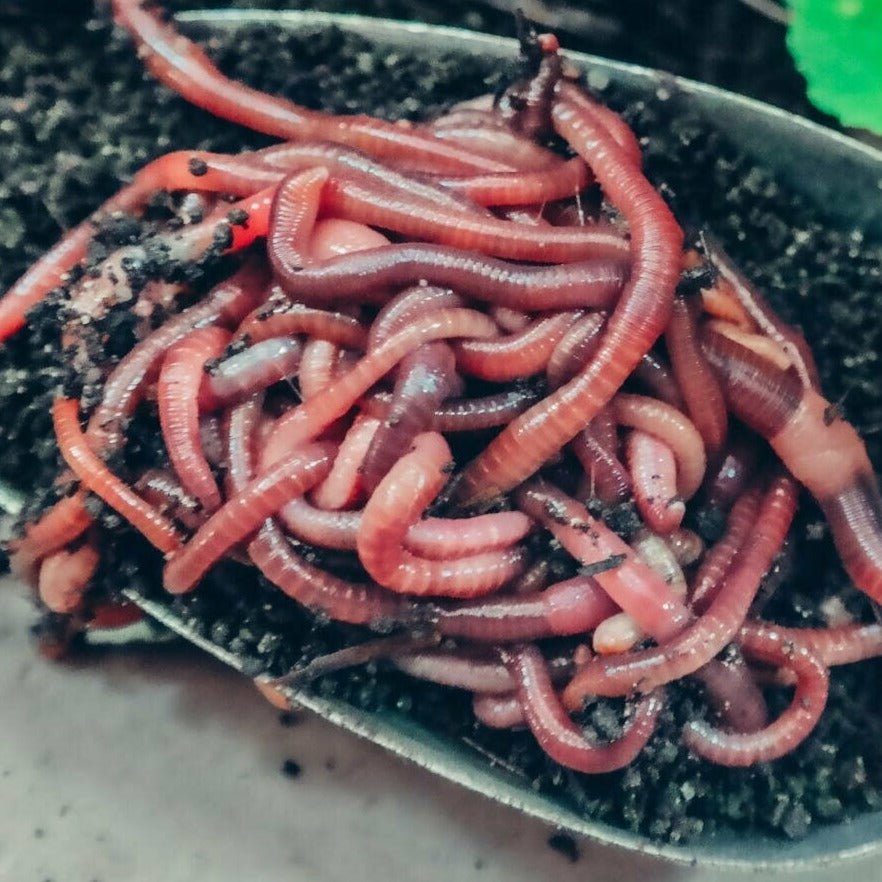Just How Red Wigglers Can Transform Your Composting Experience
The combination of red wigglers into composting techniques offers a transformative technique to waste administration and soil enrichment. These microorganisms not only accelerate the disintegration process however also create nutrient-dense vermicompost that boosts soil health and wellness and fertility. Their flexibility to various settings makes them a suitable choice for both amateur and skilled composters alike. Recognizing the specific requirements and advantages associated with maintaining a growing worm populace is vital for optimizing their potential. What approaches can one employ to ensure a successful vermicomposting experience?
Benefits of Red Wigglers
Red wigglers, clinically understood as Eisenia fetida, are a foundation of efficient composting systems due to their remarkable ability to decay natural issue effectively. These worms master transforming cooking area scraps, lawn waste, and other organic products into nutrient-rich garden compost, frequently described as worm spreadings. Lake Hickory Bait. This process not only minimizes land fill waste yet likewise adds to lasting horticulture practices
Among the key benefits of red wigglers is their high reproduction price, allowing them to inhabit a composting environment quickly. This rapid multiplication boosts decomposition rates, causing faster garden compost production. In addition, red wigglers thrive in a varied variety of problems, making them adaptable to numerous composting setups.

Setting Up Your Worm Bin
(Charlotte NC Worms For Sale)To develop an efficient worm container for composting, careful focus should be offered to its design and atmosphere. A perfect worm container ought to be built of products that are resilient yet enable necessary airflow, such as plastic or timber. The dimension of the bin can vary, however a quantity of around 1 square foot per pound of worms is a great beginning factor.
Make sure that the container has water drainage openings to stop water buildup, which can lead to anaerobic conditions damaging to the worms. In addition, including ventilation holes will assist keep correct humidity levels and oxygen flow.
Next, it is necessary to supply bed linens for the worms, which can include shredded paper, cardboard, or coconut coir. This bedding not only provides an environment for the worms yet additionally help in dampness retention.
Setting the worm container in an area that preserves a temperature range of 55-77 ° F(13-25 ° C) to enhance worm task. Stay clear of positioning the container in straight sunshine or severe temperature levels. By following these standards, you can create a helpful atmosphere for red wigglers, boosting the performance of your composting process.
What to Feed Your Worms

(Lake Rhodhiss Bait)Red wigglers specifically take pleasure in soft, moist foods like watermelon peels, cucumber peels, and banana peels. It is essential to stay clear of feeding them citrus fruits, onions, and garlic, as these can be harmful to their well-being. Additionally, prepared foods, milk items, and meat must be strictly avoided, as they can lead to odors and bring in parasites.
To maintain ideal conditions, it's a good idea to chop bigger scraps into smaller items, facilitating quicker decomposition. Beginning by presenting little amounts of food and keep an eye on the worms' consumption price; readjust as necessary to prevent overfeeding, which can develop an unhealthy atmosphere. Providing a regular feeding timetable will help keep your worm population thriving while improving the general efficiency of your composting efforts. By recognizing what to feed your worms, you prepared for an effective and lasting composting experience.
Keeping a Healthy Environment
Developing a thriving composting atmosphere for red wigglers requires attention to their habitat, as it straight affects their wellness and efficiency. The ideal habitat ought to keep a well balanced wetness level, normally between 60-70%. Extreme dampness can bring about anaerobic conditions, while insufficient wetness might dry out the worms.

The bed linens product in the compost need to vary and shredded, integrating materials like cardboard, paper, and coconut coir. This not only provides a comfy atmosphere however also works as a food resource. Lake Hickory Bait. Consistently looking for odors or indicators of bugs can assist determine potential concerns before they rise
Finally, maintaining a well balanced pH level, preferably in between 6 and 7, guarantees a conducive habitat for red wigglers, promoting their ability to process organic matter effectively. By addressing these aspects, you can create a sustainable and productive composting ecological community.
Harvesting and Utilizing Garden Compost
Gathering garden compost from a worm bin is a rewarding process that transforms organic waste right into nutrient-rich material for yards and plants. Once the composting cycle is total, usually after 8-12 weeks, it's time to collect the vermicompost. The very first step entails separating the red wigglers from the completed garden compost. This can be done utilizing techniques such as the "light" technique, where worms are brought in to light and can be scooped away from the leading layers, or by relocating the compost away of the bin and including fresh bedding to the opposite side, urging the worms to migrate.
As soon as the worms are gotten rid of, the remaining compost can be looked to get rid of any kind of bigger fragments or undecomposed material. The end product should have a dark, crumbly appearance and a pleasurable natural odor, showing that it is all set for usage. This abundant garden compost can be used straight to yard beds, combined right into potting dirt, or made use of as a leading dressing for potted plants. By incorporating vermicompost into your gardening methods, you not only enhance soil fertility but likewise advertise healthy and balanced plant development and lasting gardening methods.
Conclusion
Integrating red wigglers right into composting methods significantly boosts the decomposition process and adds to the manufacturing of nutrient-rich vermicompost. The resulting worm castings enhance dirt structure, fertility, and microbial task, eventually advertising healthier plant development.